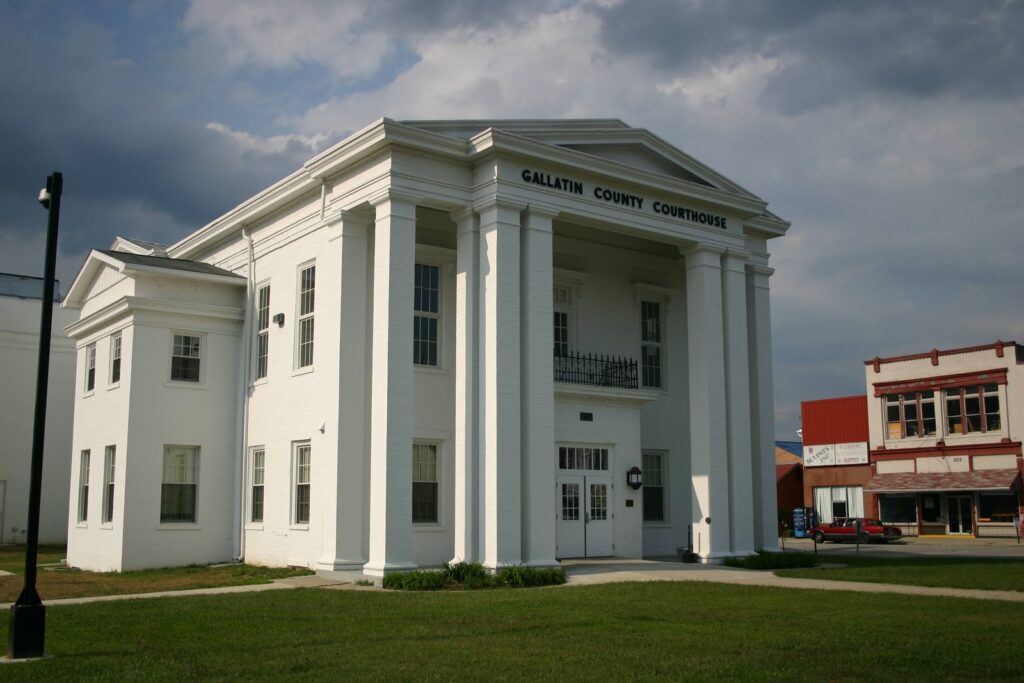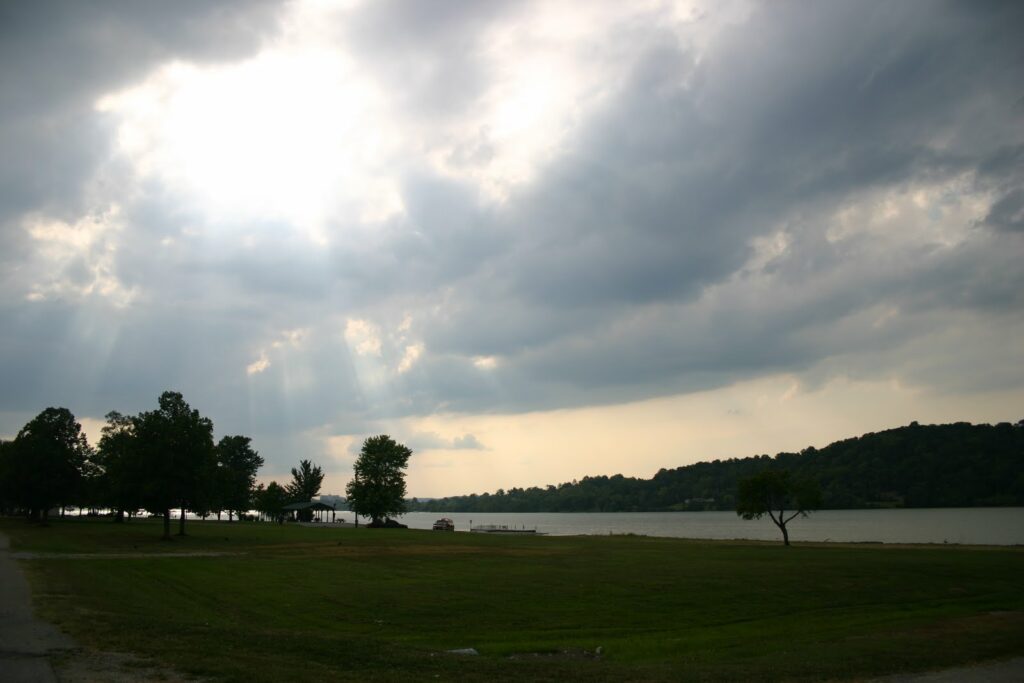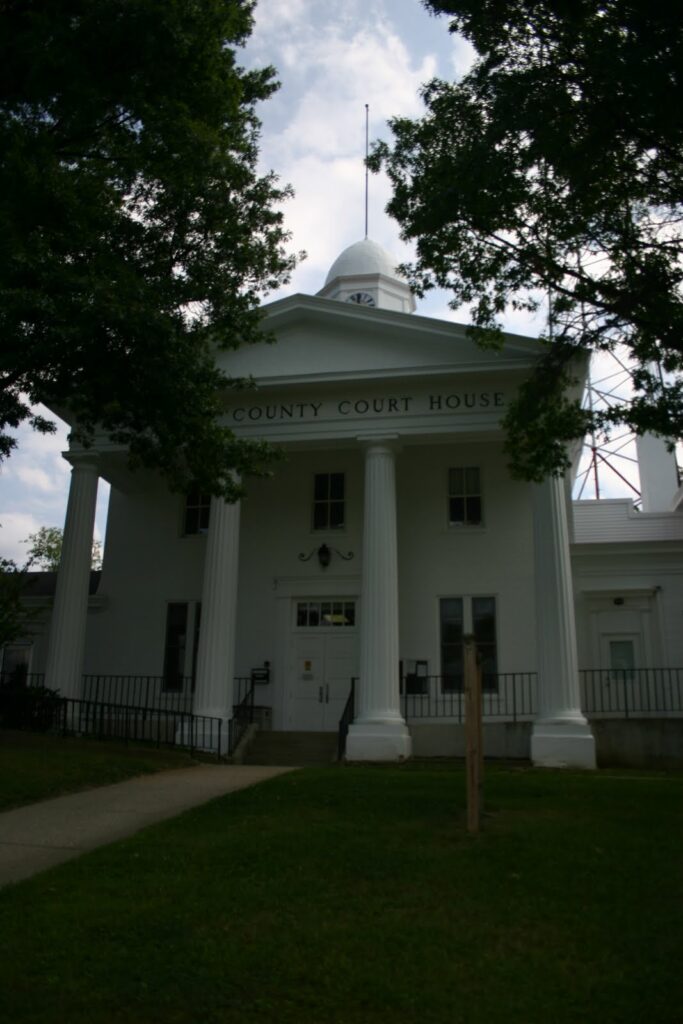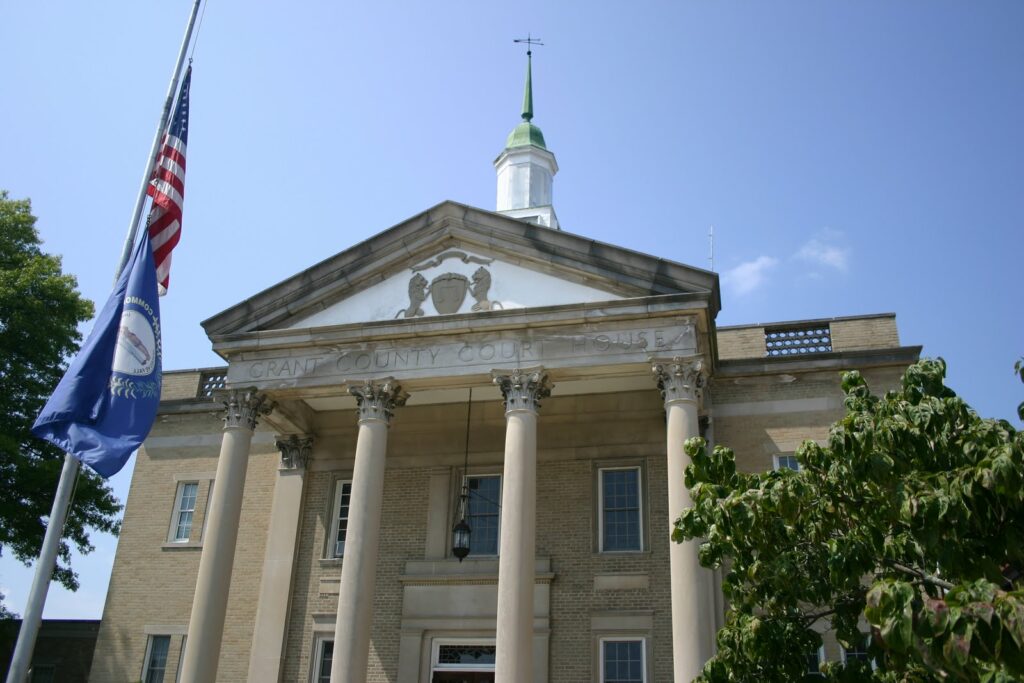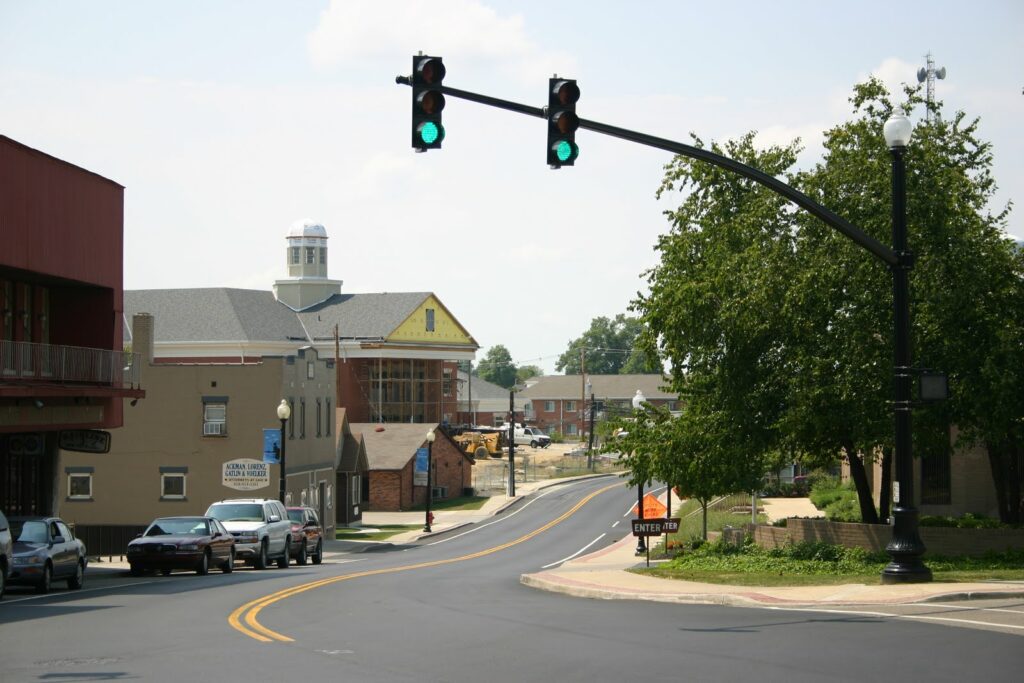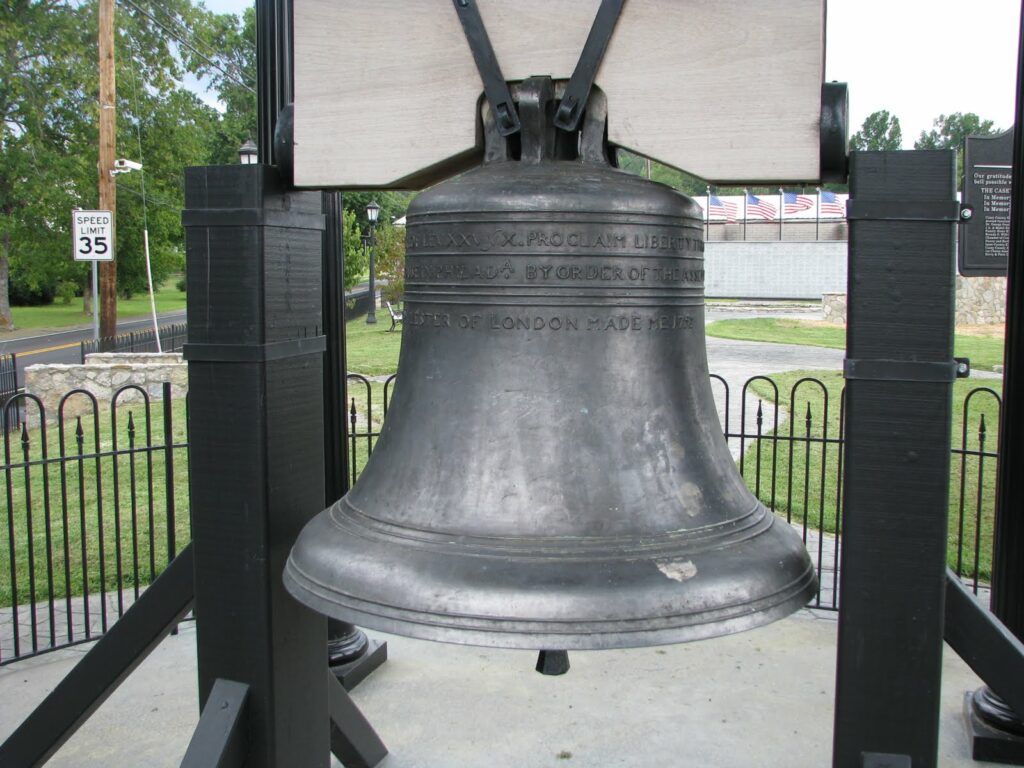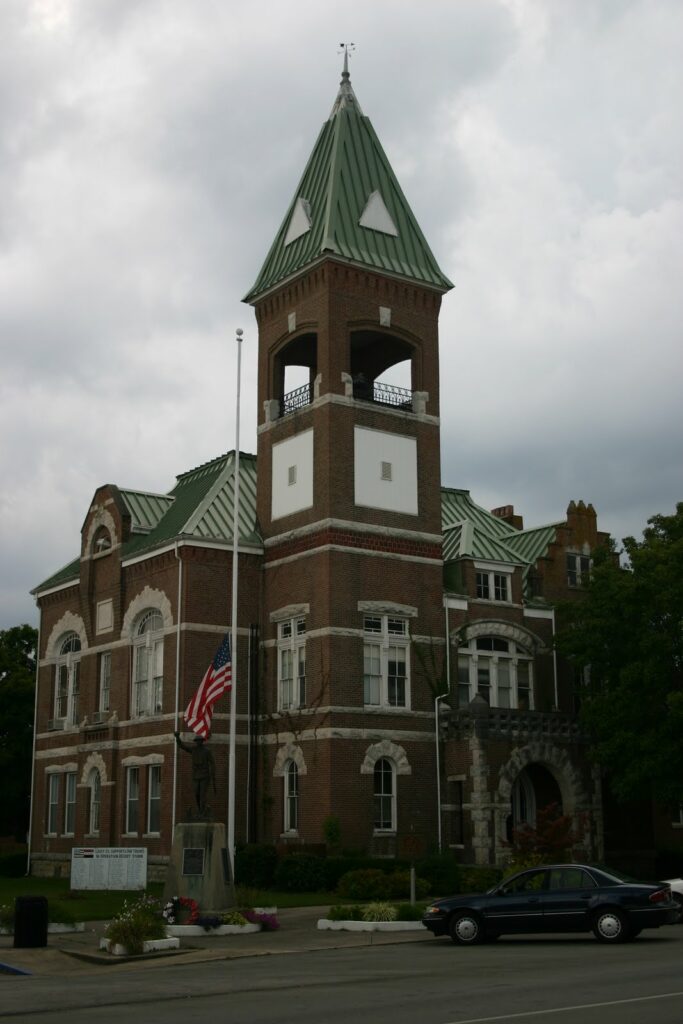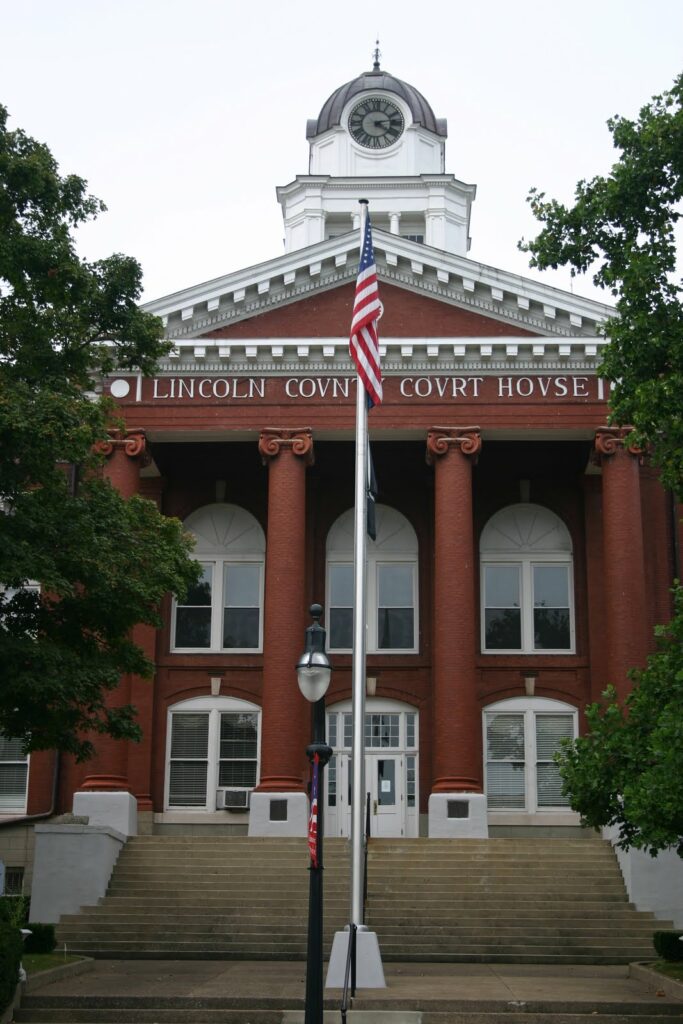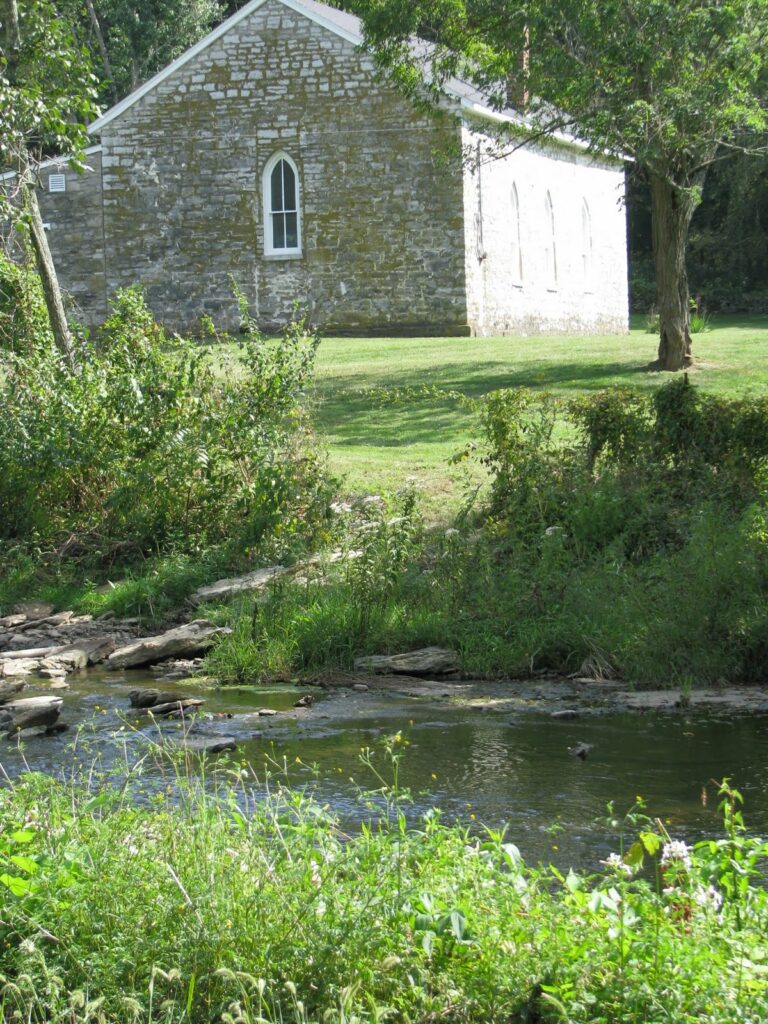 I continued without destination by heading east from Athens. I have found that a No Destination trek is made more comfortable with the GPS feature on the iPhone as I could take a few extra turns with the knowledge that I was merely on a detour and not going down a dead-end.
I continued without destination by heading east from Athens. I have found that a No Destination trek is made more comfortable with the GPS feature on the iPhone as I could take a few extra turns with the knowledge that I was merely on a detour and not going down a dead-end.
I found Grimes Mill Road – just inside Clark County – to be breathtaking. The beautiful stone home, the red barns and the bridge over the stream all captured eras past. Minutes later, I find myself peering in the windows of a cafe & bakery at Combs Ferry. It was closed, but not out of business as large sacks of organic sidamo coffee beans lay on the floor.
Uncertain as to whether my destination for the day would be McKee, Winchester or Paris, I saw a historic marker and followed the path down which it led. The church at Howard’s Creek was regularly attended by Daniel Boone. In 1790, the church was renamed “Providence” and the present stone structure was contructed by William Bush, who was a member of Boone’s second Kentucky expedition. According to the historic marker, the church “passed to Negro Baptists, 1870.”
After a heavy rain, the road to the church would be under water at two points. It was a beautiful, short drive to the church and the old, stone building was picturesque. As I walked up to the church on a Saturday, I noticed the freshly mowed grass. As I snapped a few pictures, the minister came out and we exchanged greetings.
He had been preparing the Sunday sermon for his flock at the Providence Missionary Baptist Church. About 14 attend weekly, and the church remains a black baptist congregation. It also remains as the oldest Baptist church west of the Alleghenies.


